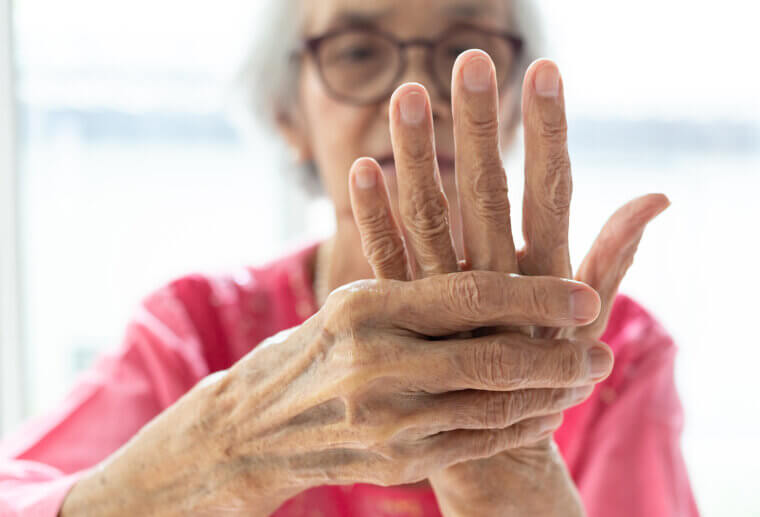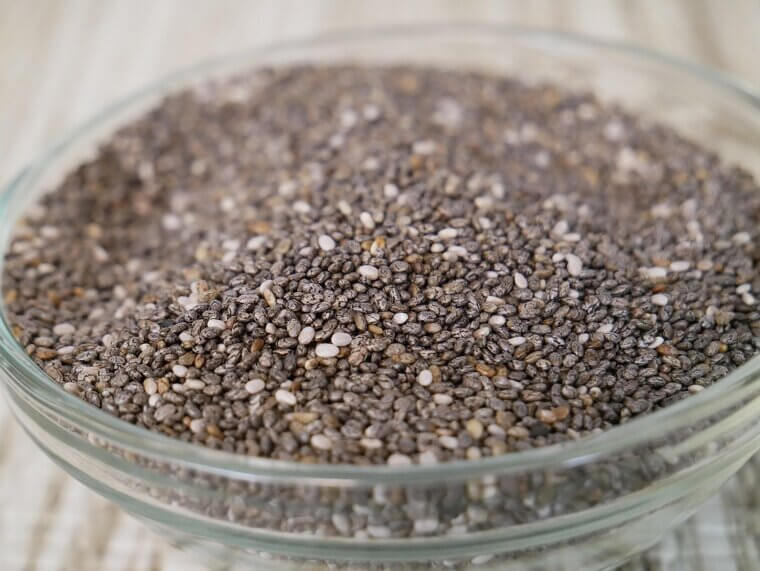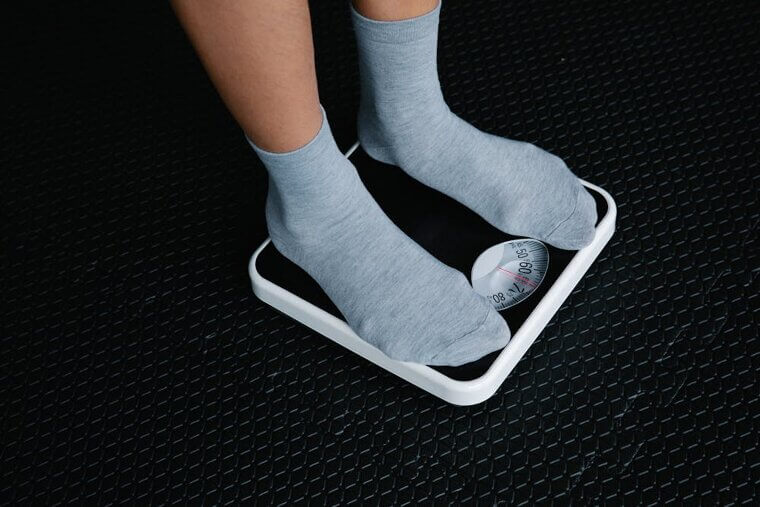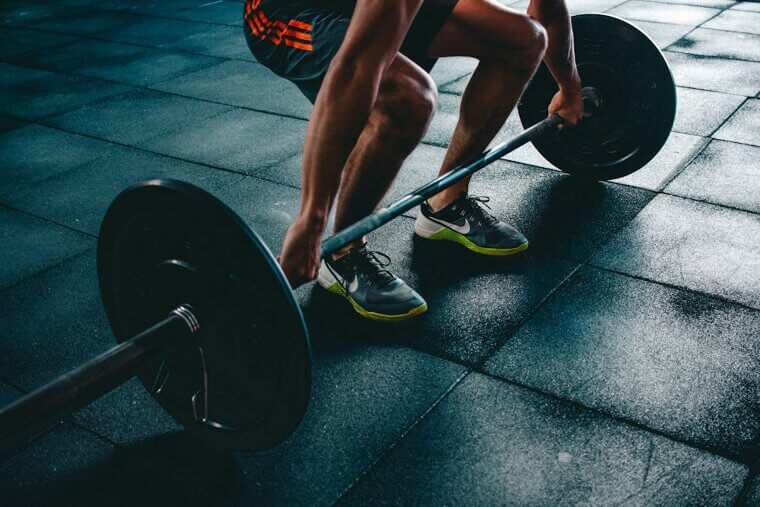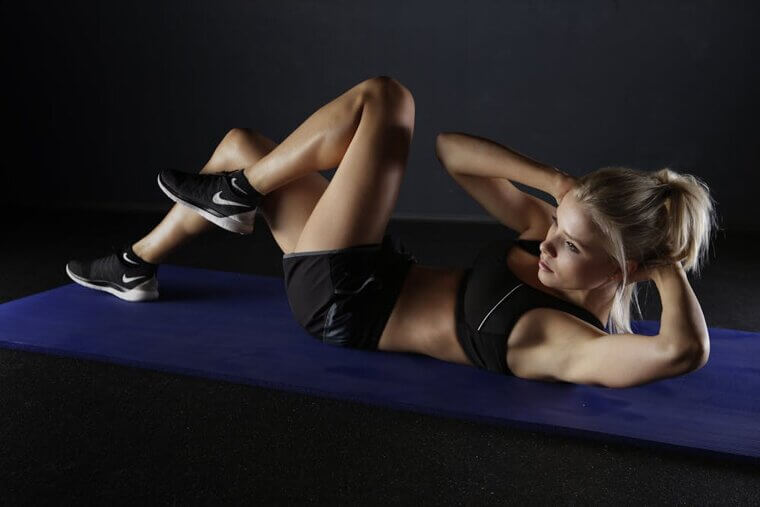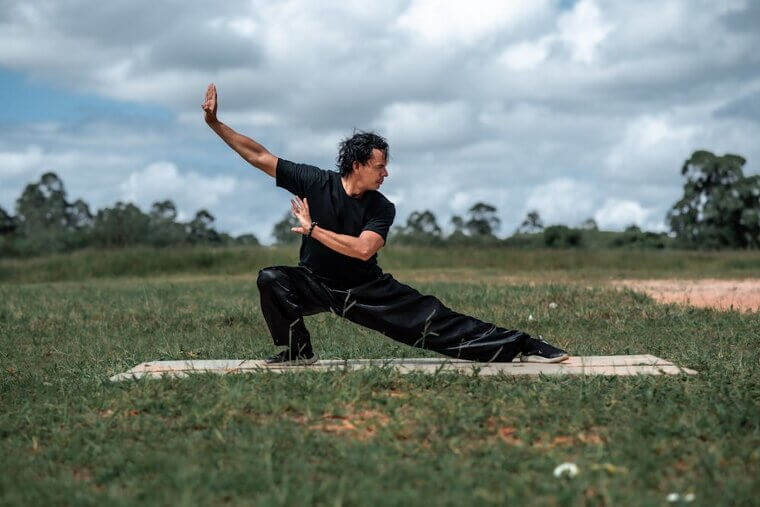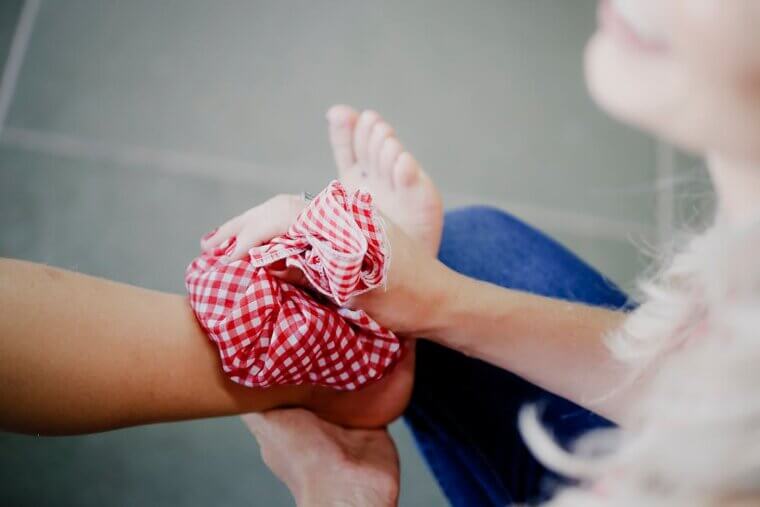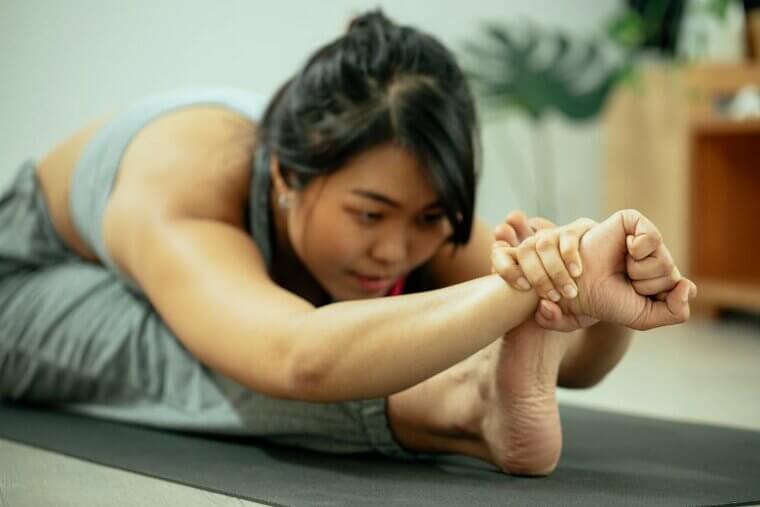Small Adjustments, Big Relief
Living with arthritis can make even everyday tasks feel challenging, but relief often starts with small, manageable changes. You don’t need drastic treatments or expensive gadgets to make a difference. According to the Arthritis Foundation, simple adjustments to your daily habits- how you move, eat, and rest- can help ease stiffness, reduce inflammation, and make your joints feel more comfortable. From choosing supportive footwear to adjusting your posture and pacing activities, these practical tips can help you feel more in control of your symptoms and regain comfort in your day-to-day life.
Increase Omega-3 Intake via Fatty Fish (Dietary Source)
Species like salmon and sardines are rich in inflammation-fighting omega-3s. Eating these regularly helps lower inflammatory markers such as CRP and Interleukin-6 in your blood. Studies also show that people who eat fish regularly often experience less morning stiffness and joint tenderness.
Maintain Good Posture
Phones ruined all of our backs’ postures, didn’t they? Good posture can reduce abnormal stress distribution across your joints. It’s best to visit a physical therapist who can provide you with tailored instructions that will suit your situation.
This next one seems too simple to matter… but it does!
This next one seems too simple to matter… but it does!
Stay Hydrated Throughout the Day
Water is crucial for keeping your joints cushioned and your cartilage healthy, while dehydration can make stiffness worse and reduce overall energy. Aim for regular sips throughout the day, and include water-rich foods like fruits and vegetables in your diet.
Boost Plant-Based Omega-3s
Flaxseeds, chia seeds, and walnuts contain ALA (alpha-linolenic acid), a plant-based omega-3 that supports joint health. While it’s not as potent as fish-derived omega-3s, it still helps lower inflammation and can be added to smoothies, cereals, or salads.
Prioritize Vitamin C-Rich Citrus Fruits
It can be good to grab an orange, grapefruit, or lime every once in a while. Vitamin C plays a key role in protecting cartilage and supporting collagen formation. Plus, it gives you a good reason to drink margaritas (for the lime, of course).
Remember to add some greens to balance out all that citrus!
Remember to add some greens to balance out all that citrus!
Increase Intake of Vitamin K-Rich Dark Greens
All our mothers were right: we need to eat our greens! Vegetables like kale, spinach, and broccoli are loaded with Vitamin K, which can support bone and cartilage health and dramatically reduce measured inflammatory markers in your bloodstream.
Maintain a Healthy Body Weight
Carrying extra weight puts added pressure on joints, especially the knees, hips, and spine. Even losing 5–10% of body weight can significantly reduce pain and improve mobility. Try combining a balanced diet with regular activity to make it easier to manage weight and protect your joints.
Use High-Quality Fish Oil Supplements
If you aren't keen on eating fish (some find the ocean taste overpowering), supplements are a great backup plan. Studies show that taking 600 to 1,000 mg of fish oil daily can noticeably reduce joint stiffness, swelling, and overall pain from arthritis.
Maximize Antioxidants With Colorful Produce
The brighter the color of your fruit or vegetable, the higher its antioxidant and polyphenol content. Berries, cherries, and carrots are full of antioxidants that can help protect your joints from oxidative stress.
It’s not just about what you eat; how you move also matters!
It’s not just about what you eat; how you move also matters!
Hold Items Close to the Body
When carrying something heavy, hug it close to your core. Doing this will significantly reduce the leverage and the resulting torque from acting on your joints and shoulders. The closer the weight is, the less strain your arms and back will endure.
Choose Whole Grains for Fiber
Switch to whole grains like oatmeal, brown rice, or quinoa for your carb fix. The abundant fiber in these foods can help lower blood levels of the inflammatory marker C-reactive protein (CRP). It will also help you feel fuller longer and maintain a healthy weight.
Substitute Saturated Fats With Healthy Oils
It's time to swap the butter and cheese sauces for olive oil, vinegar, and fresh herbs. These oils contain monounsaturated fats, which are known to support heart and joint health. Even small swaps in cooking can have noticeable benefits over time.
And while you're rethinking fats, remember to take a look at your carbs too!
And while you're rethinking fats, remember to take a look at your carbs too!
Swap Processed Carbs for Complex Carbohydrates
Yeah, those highly processed side dishes (yes, we’re looking at you, French fries) can be irresistibly delicious, but they also cause spikes in blood sugar that promote inflammation. Choosing whole-grain pasta, lentils, and beans will provide you with steady energy and nutrients that will help your joints function better.
Engage in Low-Impact Aerobic Activities
Swimming, cycling, and elliptical machines can get your heart rate up without straining your joints. The smooth, continuous motion can strengthen the muscles around your joints, which means they’ll do more of the heavy lifting.
Aerobic Activity
Aim for 150 minutes of moderate aerobic activity each week. If that sounds like a lot, you can break it into 10-minute chunks throughout the day. Walking the dog, mowing the lawn, or a quick stroll after lunch all count. The goal is to have regular movement.
Now let's build strength to protect those joints!
Now let's build strength to protect those joints!
Perform Strength Training Twice Weekly
Think of your muscles as a natural armor for your joints. Stronger muscles will take pressure off your joints by absorbing more of the impact when you move. Aim for two strength training sessions per week using resistance bands, light weights, or bodyweight exercises.
Prioritize Core Strengthening
The stronger your core, the less painful your life (no exaggeration). A strong core can improve your balance and posture, which results in less strain on your hips, knees, and other joints. Try exercises like planks or the Dead Bug that don't put pressure on your wrists.
Perform Gentle, Full Range-Of-Motion Stretches Daily
Turns out your gym teacher was right about this one. Daily stretches can keep your joints flexible and fight off stiffness. Simple moves like ankle circles, seated spinal twists, and hamstring stretches will do the job. The key is doing them regularly so your joints don't lock up.
Want to make your stretching even more effective? Try this next simple change!
Want to make your stretching even more effective? Try this next simple change!
Incorporate Mind-Body Movement
Gentle practices like Tai Chi can improve your balance, posture, and coordination, which helps prevent falls; one of the fastest ways to worsen joint problems. You also look super cool while doing those poses in slow motion.
Use Heat Therapy to Ease Stiffness Pre-Activity
Your joints move better when they're not cold and cranky. A warm bath, shower, or heating pad (for up to 20 minutes) can enhance circulation, deliver nutrients, and make stiff muscles and joints more pliable. A warm-up without the effort, if you will.
Use Cold Therapy for Acute Pain/Swelling
Like heat therapy, ice therapy offers the opposite effect. Use an ice pack after activity or during a flare-up to calm nerves, numb the area, and constrict blood vessels. This will quickly reduce pain and swelling. Always wrap the ice pack in a towel to protect your skin.
Pay attention to your ankles and wrists as well…
Pay attention to your ankles and wrists as well…
Perform Ankle and Wrist Flexibility Exercises
Don't ignore the small joints. Regular ankle circles and wrist stretches can keep them from getting stiff and grumpy. For wrists, gently pulling back your fingers can help maintain flexibility. These might seem minor, but stiff ankles and wrists can have a way of ruining your entire day.
Listen to Your Body and Exercise Pain-Free
This is the golden rule: always respect pain. Don't push through joint pain because you'll just make things worse and undo any progress you've made. Exercise should feel challenging, not like punishment. Don’t do it if it hurts.
Practice Task Pacing by Establishing Baselines
Pacing means organizing activities by time, not by the intensity of your pain. Establish "baselines" that will serve as fixed time limits for activities such as walking or sitting. This will restore your sense of control and prevent overexertion before a flare-up starts.
Take Frequent, Short Breaks
Consistent, planned periods of rest are non-negotiable for effective pacing. Integrating frequent, short breaks will prevent cumulative muscle fatigue and joint strain that often precedes a painful flare-up. Your body is not a machine, and even machines need downtime.
Adopt Relaxation Techniques Daily
Stress and physical pain are closely linked, so actively practicing daily relaxation should be on your to-do list. Techniques such as deep breathing and meditation can help dial down your stress response. A quiet, relaxed mind can do wonders for your body.
Therapeutic Support
Cognitive Behavioral Therapy (CBT) is like a gentle guide for your mind when chronic pain feels overwhelming. It uses talk therapy to help you recognize and actively change the negative thought patterns and behaviors linked to your condition.
Mental health matters, but so does this next basic habit!
Mental health matters, but so does this next basic habit!
Maintain a Consistent Sleep Schedule
Sticking to the same wake-up and bedtime every day, including weekends, is the equivalent of giving your body a gentle, dependable rhythm. This consistency helps your sleep feel deeper and more restorative, so your joints get the rest they deserve.
Avoid Stimulants Near Bedtime
Try to skip caffeine, alcohol, and tobacco in the hours before bed. These little buzz-makers can sneakily disturb your sleep, leaving you tossing and turning or waking up too often. Giving your body a calm evening helps your rest feel deep, restorative, and kinder to achy joints.
Optimize the Sleep Environment
Think of your bedroom as a little haven for rest. Keep it quiet, dark, and comfortably cool, and choose a supportive mattress and pillows that cradle your joints. A cozy, peaceful space will help your body settle in each night and do its important repair work.
Utilize Larger, Stronger Joints for Carrying
When lifting or carrying things, let your bigger, sturdier joints do the work. Instead, use the palms of both hands, your forearm, or your arms to spread the stress over a larger, stronger surface area. Your body built these joints for a reason; give them their moment!
Why lift a weight when you can slide it instead?
Why lift a weight when you can slide it instead?
Slide Objects Instead of Lifting
Whenever you can, slide items across a counter or floor instead of picking them up. This technique cleverly eliminates the force required to counteract gravity during a lift, saving your joints from a stressful encounter. Gravity is tough enough without you fighting it.
Alternate Sitting and Standing Positions
Prolonged static positioning, whether sitting or standing, can cause joint stiffness and unnecessary strain. If your job requires extensive sitting, take a break to stand or stretch approximately every 30 minutes. Keep things moving, even if it's just a little wobble.
Adopt Adaptive Handles and Grips
Stiffness can make it difficult to grip small, thin items. Using enlarged grips (like foam tubing on cutlery or a thick non-slip pen grip) increases the handle diameter, which reduces the required bending and strain on your finger joints.
Ensure Bathroom Safety and Comfort
Bathroom modifications can make daily routines easier and reduce joint strain. Installing grab bars, a shower seat or tub bench, and a raised toilet with side rails minimizes the effort required for bending and helps protect your hips, knees, and overall mobility, while also keeping you safer.

